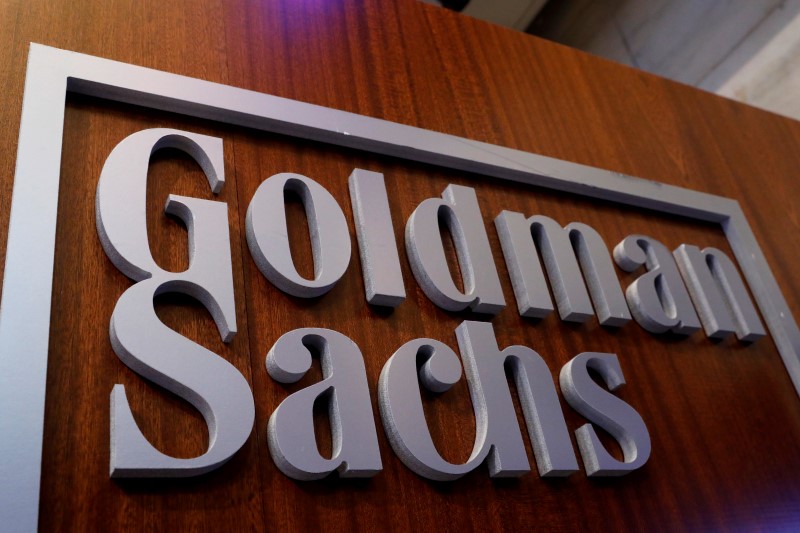Quiver Quantitative - Goldman Sachs (NYSE:GS) is set to elevate 608 executives to the role of managing director in the forthcoming year, a decrease from the 643 promotions two years prior, marking the smallest number since 2019's promotion of 465 individuals pre-pandemic. This reduction in promotions comes amidst a reshaping of the company's hierarchy, reflected in the departure of notable figures such as Julian Salisbury and an organizational refocus that led to the largest job reduction since the 2008 financial crisis, with over 3,000 positions eliminated earlier this year.
In a drive toward diversity, 31% of the new managing directors are women, achieving a new high for the firm, although the representation of Black and Hispanic or Latino employees declined compared to the previous cycle. The firm maintains its commitment to enhancing diversity at every level, acknowledging that while strides have been made in nurturing a diverse talent pool, there remains considerable ground to cover. The latest promotion cycle also saw a rise in Asian representation, up to a record 31%, and a steady 3% of the cohort belonging to the LGBT+ community.
Amidst internal restructuring and cost-cutting, Goldman Sachs remains focused on advancing strategic objectives and investing in its global footprint, as indicated in a company memo from CEO David Solomon and President John Waldron. The firm's adaptation includes a business realignment into three divisions, a tapering of its consumer business ambitions after a $3 billion loss over three years, and a continued emphasis on staying connected with clients across the world.
Despite broader challenges in the capital markets exacerbated by geopolitical tensions and stringent monetary policies, Goldman Sachs witnessed less severe profit declines thanks to a resurgence in dealmaking activities. Notably, the firm played a pivotal advisory role in the landmark $60 billion acquisition of Pioneer Natural Resources (NYSE:PXD) by ExxonMobil and experienced an upturn in large listings, signaling a cautious yet tangible recovery in the financial sector.
This article was originally published on Quiver Quantitative
